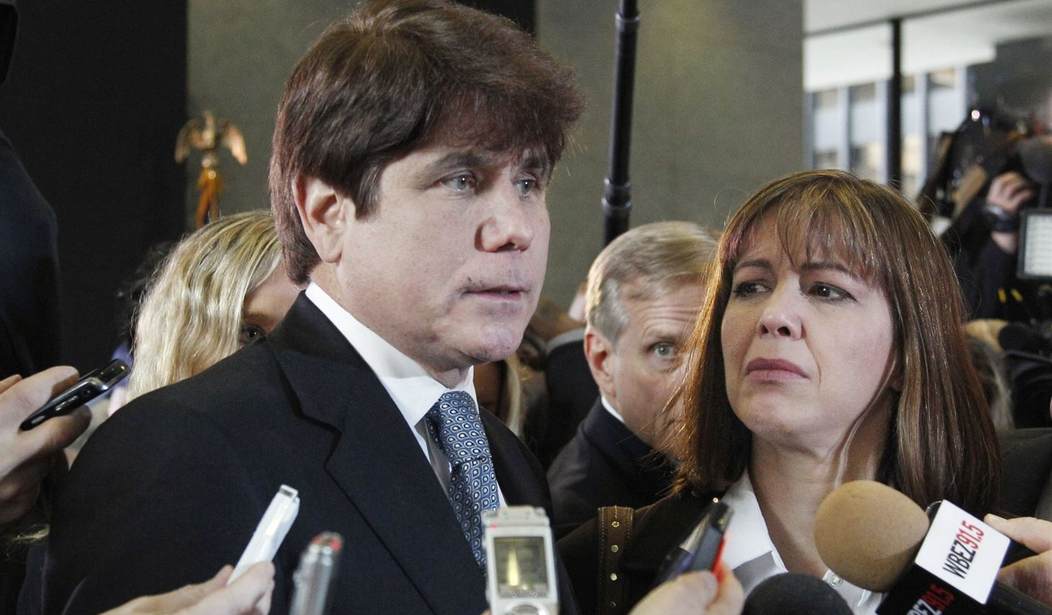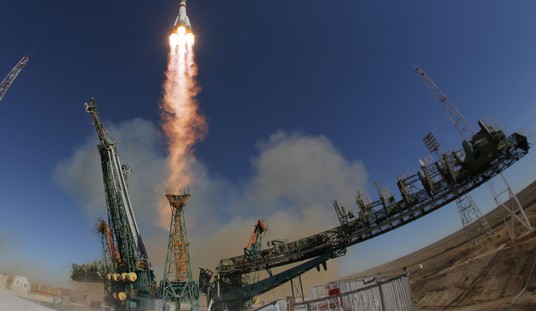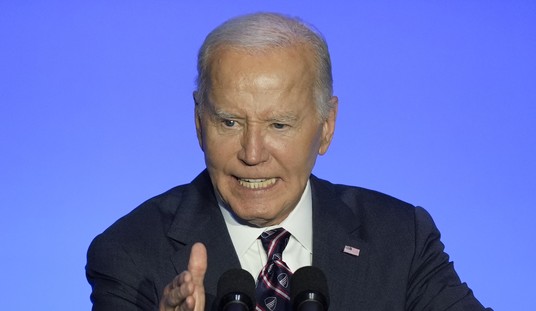Local government corruption is as old as America. Efforts to eliminate that corruption by "good government" citizen groups have largely been ineffective.
Exhibit A: Chicago. Exhibit 1A: New Orleans.
There is no lack of effort by reform advocates in those two cities. They have the courts on their side. They have the state and federal government on their side (mostly). They get laws passed. They get some of the crooks arrested.
But the corruption continues.
The Cato Institute reports on a study done by Southern Illinois University's Paul Simon Public Policy Institute. Simon, a Democratic Senator with a sterling reputation for honesty and integrity, established the institute with several other good government groups in Illinois.
The study found that the crimes typically involved “schemes to extract bribes from builders, developers, business owners or those seeking to do business with the city or state. The bribe‐payers either assumed or were told that payment was necessary to receive zoning changes, building permits, or similar city or state action.… at the heart of most convictions is a payoff for something that is a sweetheart contract or a law or permit necessary to do business. This has been the main pattern of corruption in the city and the state for over 150 years. (Emphasis added.)
When corruption is as endemic as it is in Chicago and Illinois, "reform" rarely makes a dent. This is because, in the end, someone has to be responsible for watching for wrongdoing. And too often, when everyone is on the take, those who should be watching for corruption end up putting their hand out for their share.
In Illinois, two of the last four governors have gone to prison, caught up in "pay to play" schemes. It's just too easy to steal.
Opportunities to steal have skyrocketed in the last few decades. "Federal grants to local governments increased from $135 billion to $1.2 trillion between 1990 and 2022," writes Reason's JD Tuccille.
The study found "significantly positive relations between windfalls and the number of public sector employees charged with corruption in the subsequent two years," write the researchers. "The economic magnitude is significant, with the presence of a windfall associated with a 28% increase in public officials charged."
Why would federal grants lead to large increases in corrupt behavior by local officials? The researchers speculate that the growing flow of federal grants, especially as they come from increasing numbers of sources in D.C., overwhelm local oversight capabilities and "provide opportunistic actors with an expectation that they can engage in corrupt practices before such systems are adequately implemented." New and expanding flows of cash also mean practices for using the money aren't well-established, making diversion harder to detect. While the authors don't address the issue, it might also be that local officials feel less moral responsibility for money rained on them by distant federal bureaucrats rather than extracted from taxpayers they may know and see on the street.
Grants to local governments are re-election gambits by Congress. Keep the local governments on your side, and their own political organizations will help your electoral prospects. The grant money is graft, pure and simple.
Related: Ex-USAID Official: Cash Went to Terrorists After Biden Dumped Strict Vetting Procedures
Incredibly, we really have no idea of the exact number of federal grants to local governments. Tuccille reports that "In 2019, the Congressional Research Service conceded that 'there is no consensus on the methodology used to count federal grants to state and local governments'" but "the number of federal grants to state and local governments continued to increase during the 1990s, and has continued to do so."
"The federal government is sending more money to state and local governments, resulting in states to become increasingly reliant on debt-financed federal funds," the House Budget Committee cautioned in a 2023 working paper. The paper noted that in the previous decade, federal funding to state and local governments increased by an average of 9 percent per year, reaching $1.2 trillion in 2022 or 19 percent of federal outlays and 4.8 percent of GDP. By 2020, more than a third of state revenues were derived from federal funds.
Those federal funds are the result of the Federal Reserve printing $2 trillion more than the government takes in taxes. Something is going to collapse/blow up/melt down before too long.










